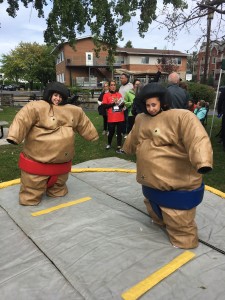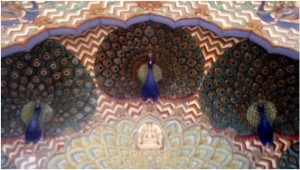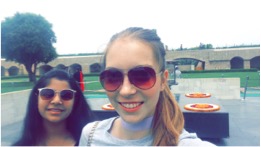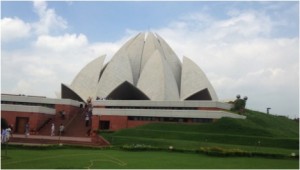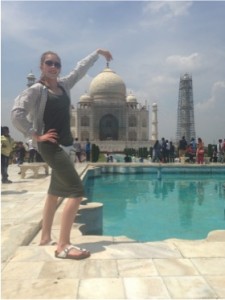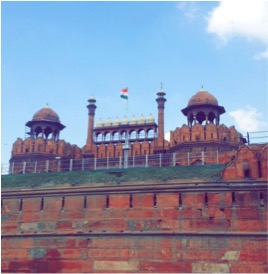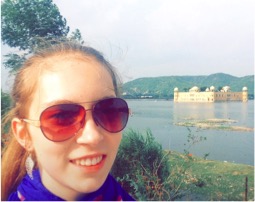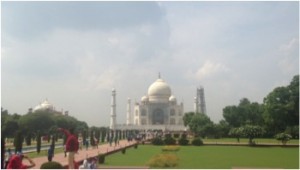 How much is enough? How much of anything is enough? This is an interesting question that we all face every day in many different ways as we make many, many choices.
How much is enough? How much of anything is enough? This is an interesting question that we all face every day in many different ways as we make many, many choices.
That said, we live in a society where it is generally considered that more of anything is better. In some ways, this has been a foundational element of our capitalist democracy – more is better. Is it really?
Well, a leading American psychologist by the name of Barry Schwartz has conducted significant research on exactly this. What he has found is that while society pushes for more and more choice, at a certain point, too much choice actually paralyzes us. Dr. Schwartz has surveyed thousands of people on this topic. In his recent book “Escape from Freedom” and an earlier book “The Paradox of Choice,” Dr. Schwartz concludes that we all need parameters and constraints to direct, enable and support us with a sense of order. So how much freedom is enough?
Through his research, Dr. Schwartz believes he can categorize most people into two main categories; “Maximizers” & “Satisficers.” Consider which category you fall into.
Maximizers want the best at all times and tend to suffer from stress because any given choice made may not be the best. Let’s make this concrete. Sally is shopping for a used sedan and has narrowed it down to three auto companies. However, the reality of shopping these days means that Sally has access to several auto dealerships around the city, many specialized used-car operations and hundreds of online points of sale where specific options on the specific car, mileage and price-point vary enormously. According to Dr. Schwartz, for Sally, the “Maximizer,” this situation is a bottomless pit of endless choices. Clearly, for her to be certain that she has truly found THE BEST deal is almost impossible. Like most “maximizers” who endlessly search for the very best deal, choice can paralyze her. So, Sally will be inclined to suffer and perhaps even become burdened and depressed from the process. Her quest for the perfect car weighs heavily on her, along with the many other choices she is making every day in other areas of her life. Unfortunately, Sally is rarely certain she has found the very best option out there.
The other group according to Schwartz, are the “Satisficers,” people who are generally content with good enough. They don’t want to settle for anything second-rate, but they are more inclined to shed stress around choice, whether it be deciding on a new car, a cell phone, a new garment, career direction, whatever requires thought and choice.
So, boiled down, what is Dr. Schwartz’ advice? Essentially, he suggests that we don’t let choice rule our lives and we should avoid being “Maximizers.”
So choose when to choose and make arbitrary rules to help guide you. For example, limit yourself to three stores or three websites when shopping – and when you’re done, be satisfied with good enough and simply move on. Do this more often and you will probably feel better because most people are quite content with limited options. Remember, more can be less and actually harm our emotional health. So recognize when you’re being negatively impacted by a quest for perfection and replace it with good enough. You’ll probably be happier. And yes, that matters. – Christopher Shannon (Pre-U’76), Headmaster

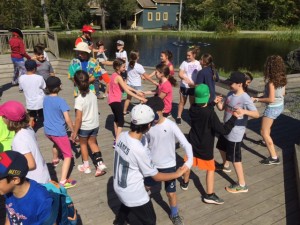



 On Saturday, September 9, 19 friends and I attended the 12th Annual Fuller Landau Cedars CanSupport Dragon Boat race and festival. We had to wake up bright and early to be there for 8 am, but it was worth it. We got to paddle a boat together in a few races, and it was a lot of fun. We learned a lot, notably the mindset that paddling together is more important than paddling hard. This doesn’t only apply to paddling, but to life in general. At lunch, we witnessed an inspiring ceremony, which consisted of a few minutes of silence, and then all of the cancer patients or survivors who were in attendance threw flowers into the water. All in all, it was a wonderful event for a good cause and a lot of fun. – William Hamilton ’19
On Saturday, September 9, 19 friends and I attended the 12th Annual Fuller Landau Cedars CanSupport Dragon Boat race and festival. We had to wake up bright and early to be there for 8 am, but it was worth it. We got to paddle a boat together in a few races, and it was a lot of fun. We learned a lot, notably the mindset that paddling together is more important than paddling hard. This doesn’t only apply to paddling, but to life in general. At lunch, we witnessed an inspiring ceremony, which consisted of a few minutes of silence, and then all of the cancer patients or survivors who were in attendance threw flowers into the water. All in all, it was a wonderful event for a good cause and a lot of fun. – William Hamilton ’19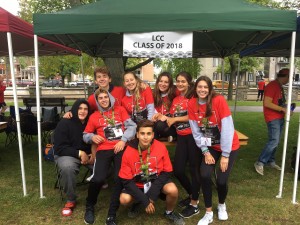 On Saturday, September 9, my friends and
On Saturday, September 9, my friends and 